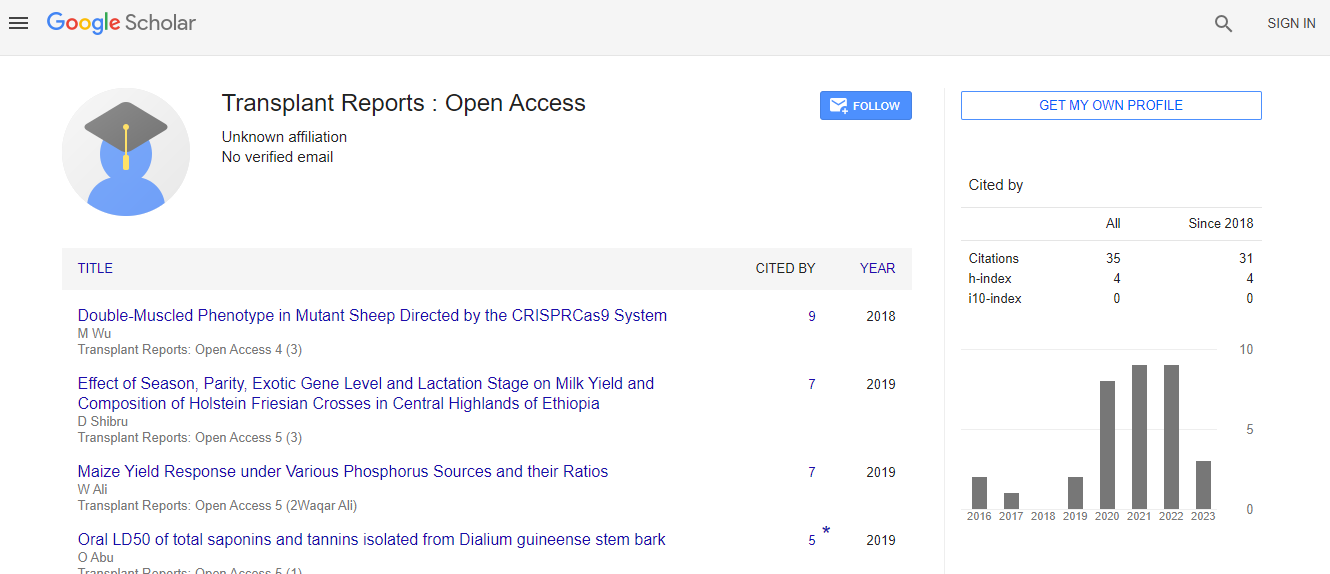Case Report
Life-threatening Capillary Leak Syndrome in an Adult with Refractory Acute Myeloid Leukemia during Allogeneic Transplantation: a Case Report and Review of Literature
Yi-Zhi J, Lai-Quan H, Gui-Ping S, Yan D, He-Sheng H and Dong-Ping H*
Department of Hematology, The Affiliated Yijishan Hospital of Wannan Medical College, Wuhu, China
- *Corresponding Author:
- Dong-Ping Huang
Department of Hematology
The Affiliated Yijishan Hospital of Wannan Medical College
West Zheshan Road 2, Wuhu 241001, China
Tel: 86-13955309713
E-mail: hdp0513@163.com
Received date: December 22, 2015; Accepted date: December 30, 2015; Published date: December 31, 2015
Citation: Yi-Zhi J, Lai-Quan H, Gui-Ping S, Yan D, He-Sheng H, et al. (2015) Life-threatening Capillary Leak Syndrome in an Adult with Refractory Acute Myeloid Leukemia during Allogeneic Transplantation: a Case Report and Review of Literature. Transplant Rep 1:101.
Copyright: © 2015 Yi-Zhi J, et al. This is an open-access article distributed under the terms of the Creative Commons Attribution License, which permits unrestricted use, distribution, and reproduction in any medium, provided the original author and source are credited.
Abstract
Background: Although allogeneic hematopoietic stem cell transplantation (allo-HSCT) offers the possibility of cure for hematological malignancies, various complications have been described. Capillary leak syndrome (CLS) has been previously observed in HSCT patients. CLS is a rare disease characterized by recurrent episodes of generalized edema and severe hypotension along with hypoproteinemia. Case Report: A 27-year-old Chinese man, diagnosed with refractory acute myeloid leukemia, was treated with a haploidentical stem cell transplant combined with an unrelated umbilical cord blood unit. The patient developed fatal CLS during the 9th day of the conditioning therapy. Conclusion: Since it is difficult to distinguish between CLS and other early complications during allo-HSCT, our report highlights the need for rigorous investigation of identifying CLS and the increasing need of insightful diagnosis to manage any incidence of CLS.

 Spanish
Spanish  Chinese
Chinese  Russian
Russian  German
German  French
French  Japanese
Japanese  Portuguese
Portuguese  Hindi
Hindi 